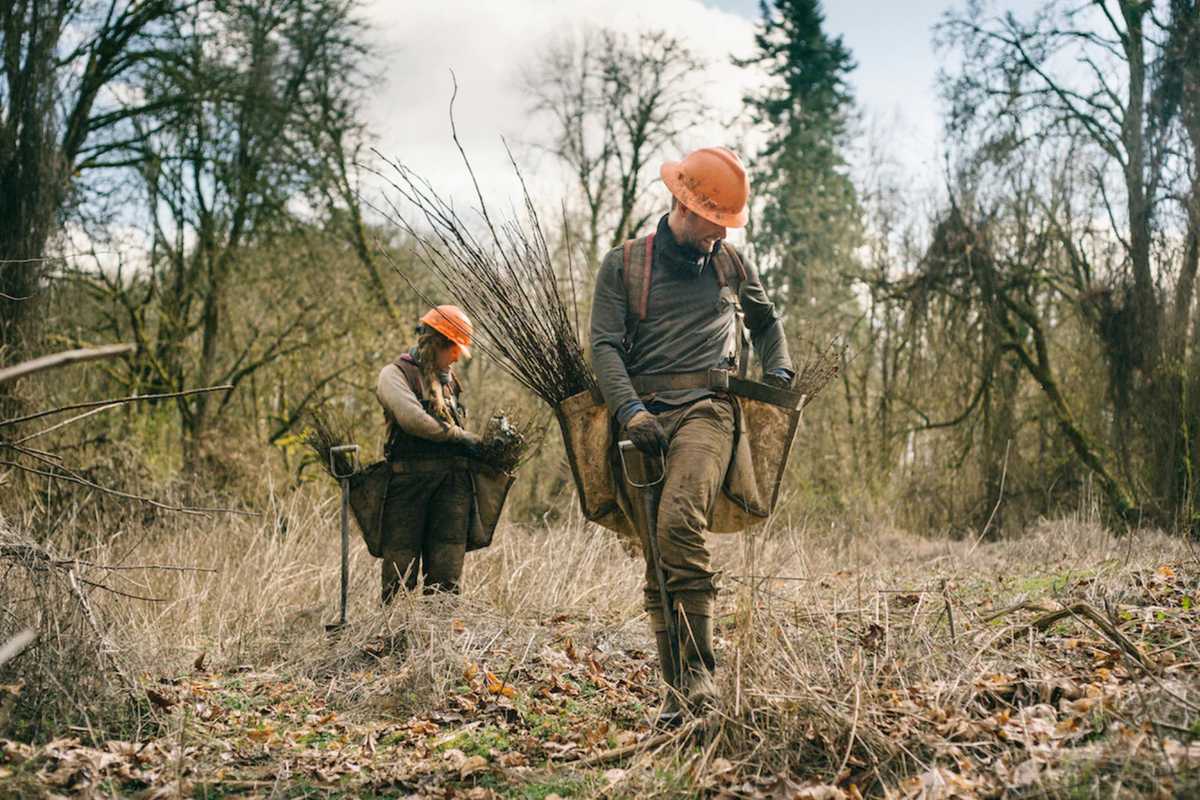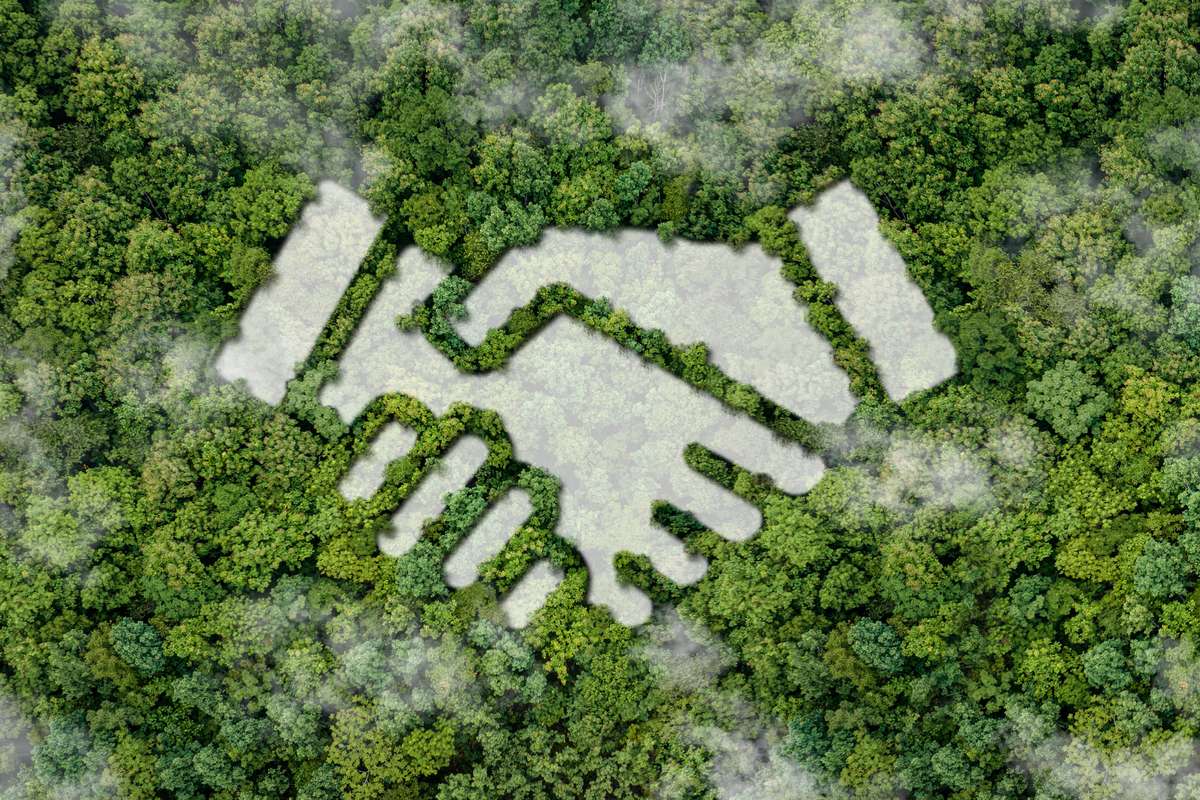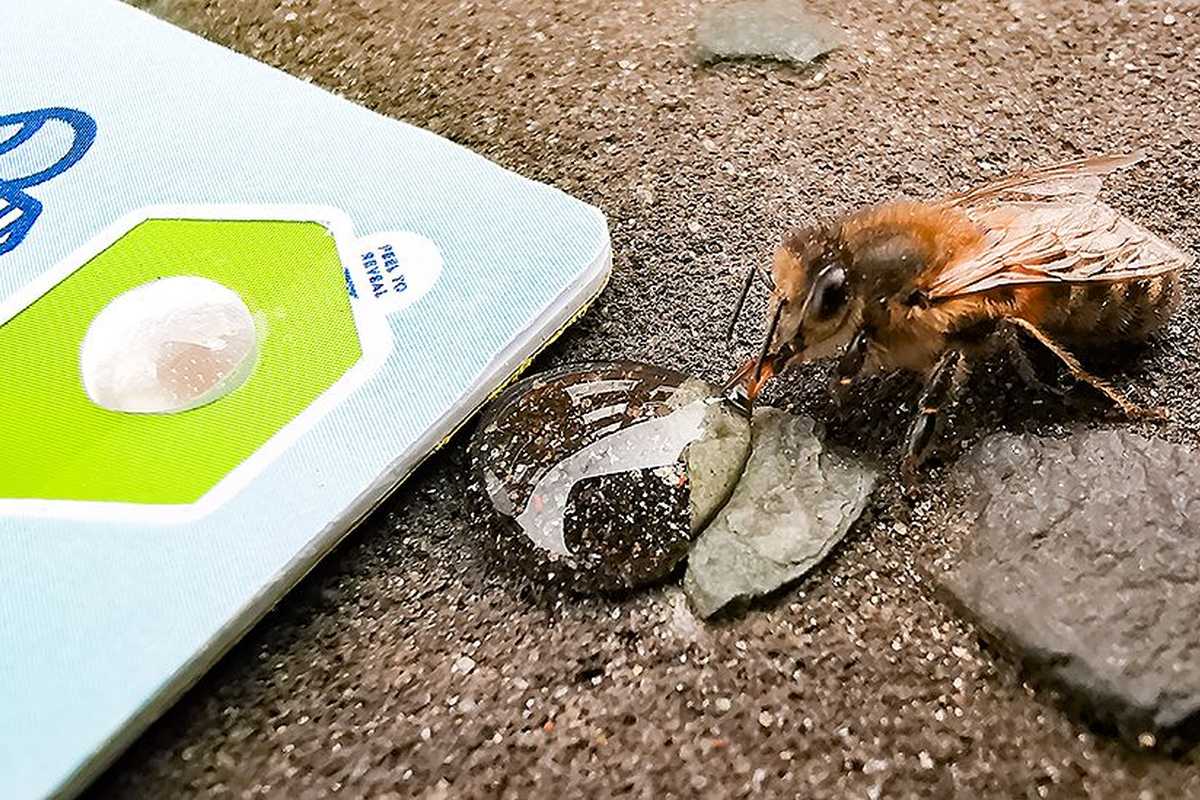Canada is taking significant steps towards environmental sustainability by focusing on planting more trees. This initiative not only combats climate change but also significantly benefits bees and other pollinators, which are crucial for biodiversity and the health of ecosystems.
The Importance of Trees to Bees
Trees are vital to bees for several reasons. First, they provide a rich source of pollen and nectar, which are essential for bee nutrition. Large trees such as maples, willows, and poplars produce substantial amounts of these resources, which can sustain bee populations over a broader area compared to smaller flowering plants. Furthermore, trees offer shelter from harsh weather and predators, creating a haven for bees to nest and thrive.
In urban areas, trees help to mitigate the “heat island” effect, cooling the air and making the environment more conducive for both bees and human residents. They also improve air quality, reduce stormwater runoff, and increase green space, enhancing urban biodiversity and providing corridors for wildlife, including pollinators, to move and disperse.
The Canadian Tree Planting Initiative
Canada’s commitment to expanding its forested areas involves several government-backed and community-driven projects aimed at planting trees across the country. This initiative is part of a broader strategy to meet national and international environmental targets, including commitments under the Paris Climate Agreement.
One notable effort is the “Two Billion Trees” program, which aims to plant two billion trees over ten years. This program recognizes the dual benefits of such an undertaking: sequestering carbon and enhancing habitats for wildlife, including bees. By focusing on planting native species, these new trees are well-suited to local climates and ecosystems, providing optimal benefits for native bee species.
How More Trees Help Bees
Planting trees is especially crucial in agricultural and urban settings, where bees often struggle due to the lack of continuous foraging opportunities and safe nesting sites. Trees in these environments can bridge the gap between fragmented habitats, forming green belts that allow bees to navigate and populate areas they otherwise could not.
Moreover, as climate patterns shift, bees face new challenges, including finding food early in the spring or during unseasonably warm periods in winter. Early-blooming trees such as willows and maples are invaluable during these times, providing critical resources when little else is available.
Community Involvement
The success of tree-planting initiatives often hinges on community involvement. Canadians are encouraged to participate in local tree-planting events, urban greening projects, and educational programs that highlight the importance of trees for ecosystem health and biodiversity. Schools, non-profit organizations, and local governments are pivotal in mobilizing volunteers and providing the necessary resources for the successful planting and maintenance of these new green spaces.
The Broader Impact
The environmental impact of planting more trees extends beyond helping the bees. Trees absorb carbon dioxide, a significant greenhouse gas, thus directly contributing to climate change mitigation. They also prevent soil erosion, enhance water quality by filtering pollutants, and increase property values and aesthetic appeal in urban areas. Overall, planting more trees across Canada is a powerful strategy not just for fighting climate change but also for supporting the country’s bee populations and broader biodiversity. As these trees grow, they will help stitch together fragmented landscapes, providing corridors for bees and other wildlife, which are essential for maintaining the health of ecosystems. This initiative represents a hopeful synergy between human actions and natural processes, illustrating a proactive step towards a sustainable future.




